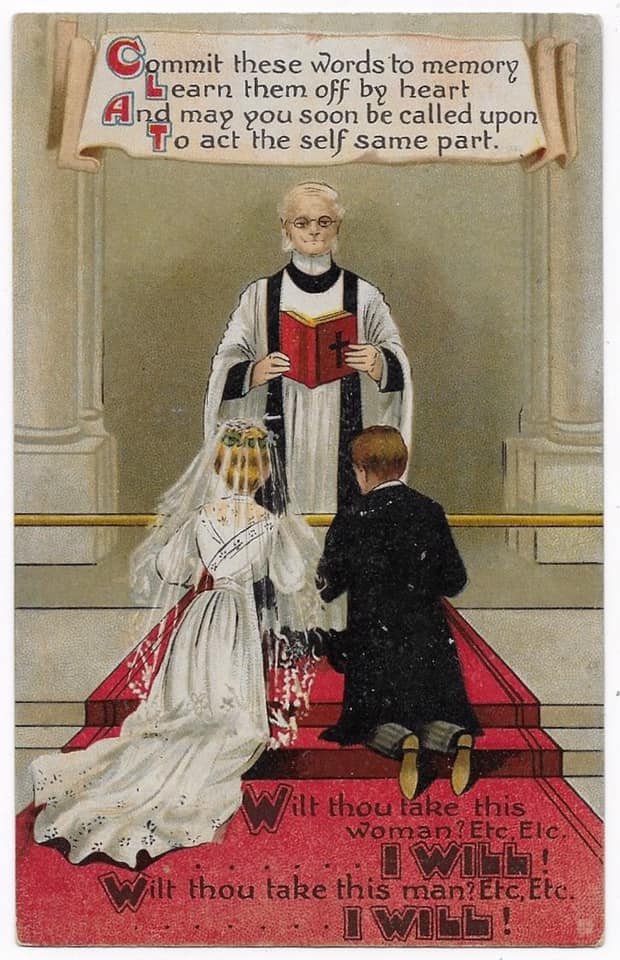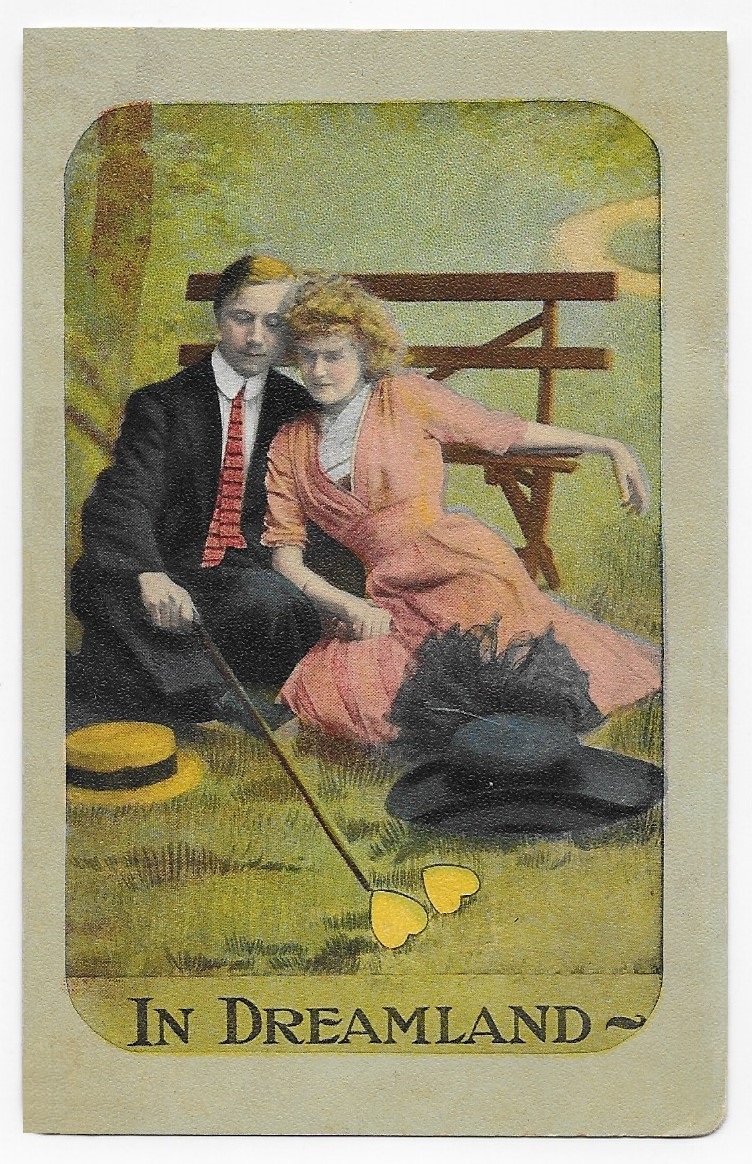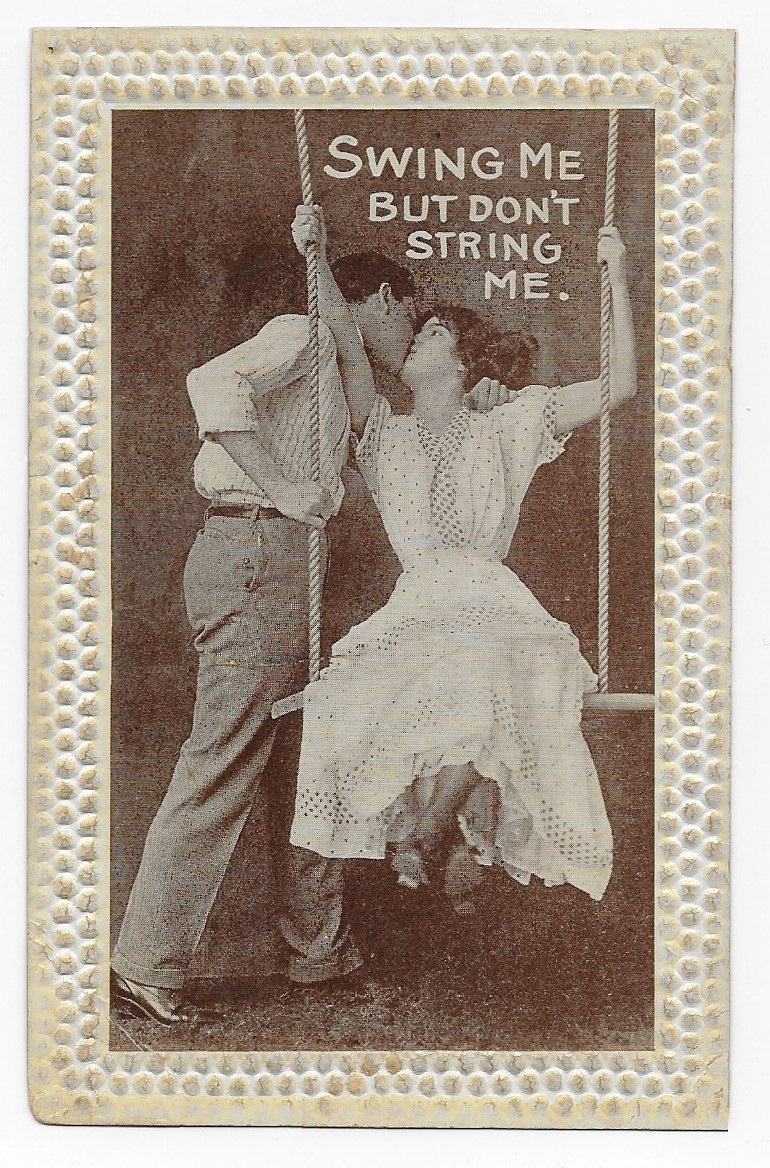Wilt Thou Be Married? Circa 1910
I cannot guess why Miss Barringer of Schenectady, NY received a postcard that urged one to memorize marriage vows.
It may be that she was planning a June wedding when the postcard arrived in May of 1913.
Printed in Germany, the postcard is illustrated by a priest requiring the declaration of intent at the beginning of the marriage ceremony.
The reference to “Inland Postage” on the reverse suggests that the postcard was published in England.
I liked the postcard because it speaks to a pet peeve of mine related to historical accuracy and popular culture.
NOTE: If you are easily disturbed by supercilious and pedantic quibbling, skip to the end of the article.
From the earliest surviving marriage rite in England (The Sarum Rite, Latin, 11th century in Salisbury), the form of the marriage declaration has been “Wilt thou…” to which the man or woman responds, “I will”.
At the time of the Reformation, the first English Prayer Books used the form, “ I will”.
This is still the wording for the “Solemnization of a Marriage” in the Book of Common Prayer for the Anglican Church and for the “Celebration and Blessing of a Marriage” in the Episcopal. Church.
(The Methodist Church, which separated from the Church of England, continues to use the same declaration of “I will” in the Marriage rite.)
The point of this rant is the prevalence of “I do” as a shorthand for wedding declarations in books and movies set in various eras of English history.
Most marriages celebrated in the British Isles used the declaration of “I Will”.
One hopes that, if she desired to be so, Miss Barringer was married upon her declaration of “I will.”




